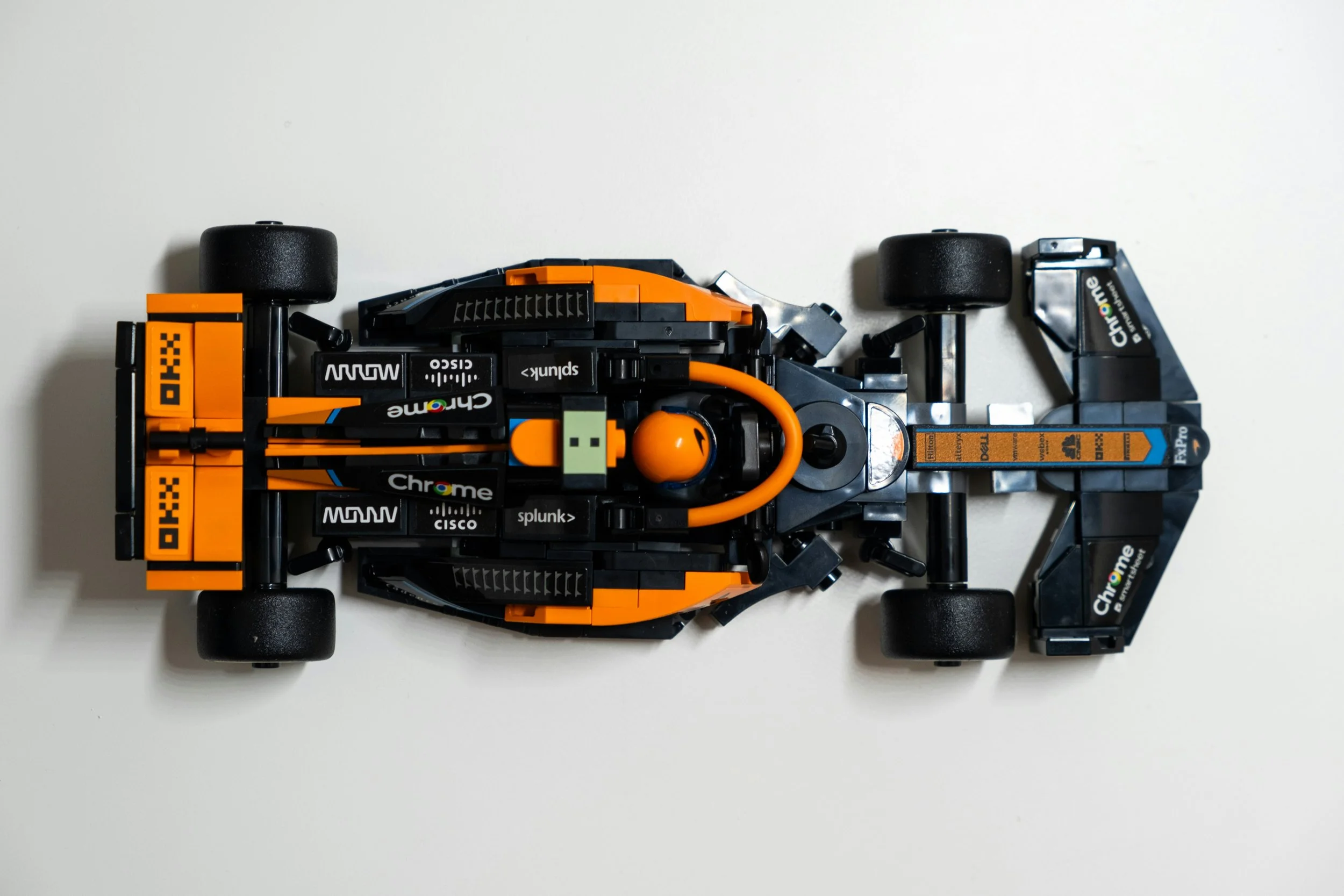McLaren’s errors highlight fragile balance between governance and trust in modern F1
By Charlie Gardner
The moment a team principal apologises to a driver, they introduce an unnecessary emotional component into a relationship that must be strictly professional and empirical.
Formula One is a high stake, multi-billion-dollar business where every stakeholder from the driver to the aerodynamicist is compensated handsomely to deliver peak performance under pressure. When a driver makes a mistake, the team does not typically demand a public apology for the cost as well as setback, they expect the driver to immediately analyse plus correct the error.
An apology sets a precedent that implies the driver is merely a victim rather than a co-accountable partner in the team’s overall result. Both McLaren cars, which finished a strong second (Lando Norris) and fourth (Oscar Piastri) were disqualified after post-race scrutineering found that the thickness of their skid blocks (planks) had worn below the minimum required thickness of 9mm.
Oscar Piastri and Lando Norris at Las Vegas Grand Prix by NurPhoto via Getty Images
McLaren attributed the excessive wear to unexpected, high levels of porpoising in addition to floor movement during the race which were not seen in practice. This phenomenon caused the floor to contact the abrasive Las Vegas street circuit more violently than anticipated.
The loss of 30 vital points meant that Max Verstappen’s victory which would have kept him far behind, suddenly brought him level on points with Piastri which narrowed Norris’ championship lead to 24 points with just two races remaining.
“During the race, both cars experienced unexpected, high levels of porpoising not seen in the practice sessions which lead to excessive contact with the ground,” said Andrea Stella, McLaren Team Principal in a statement released by the team after the decision was made.
The stewards noted that “there was no provision in the regulations or in precedent for any penalty other than the usual penalty.” The F1 rulebook is a final arbiter, prioritising certainty and enforcement over intent or circumstance. A bold counter view is that since the FIA rejected the mitigating circumstances, the team must accept the failure as a miscalculation of risk.
Any subsequent technical failure would be catastrophic for driver morale as well as the championship fight. With the team urgently investigating the “unexpected, high levels of porpoising” in addition to floor movement they cited as the cause. The drivers will rely on the engineers to not only fix the plank wear issue but to prevent the root cause from recurring which will be the final test of the team’s ability to support their drivers when it matters most.
The most direct, short-term fix is to increase the car’s static ride height, particularly at the rear for the final two races. Raising the car increases the clearance between the skid block and the track surface creating a larger safety margin to prevent the floor from hitting the ground even with unexpected bouncing. Running higher reduced the efficiency of the underfloor tunnels resulting in a loss of aerodynamic downforce plus lap time.
McLaren must find the optimal compromise that keeps the car legal without losing too much of their competitive edge. The team now faces the immense pressure of knowing they build in a larger safety margin than they previously though, potentially sacrificing performance at the most critical time of the championship to guarantee legality.



